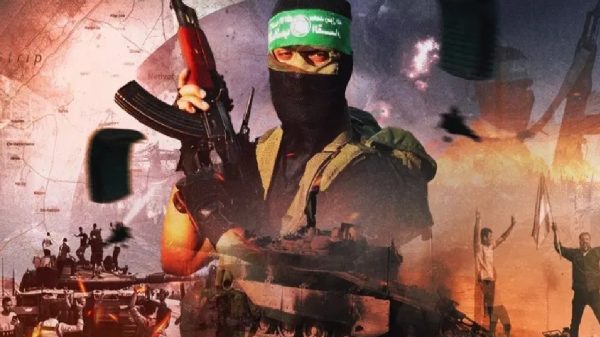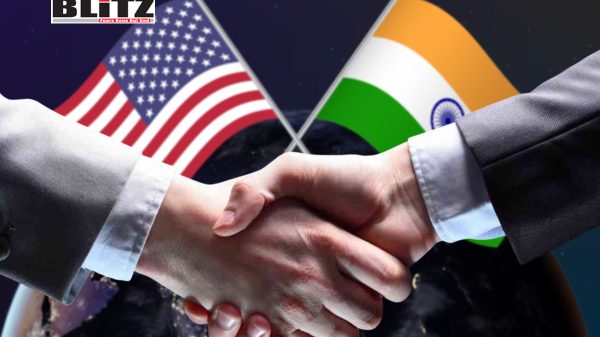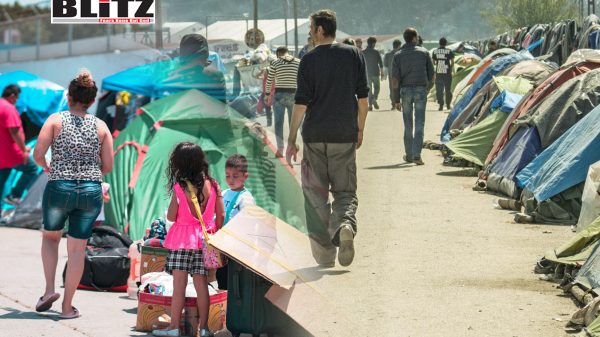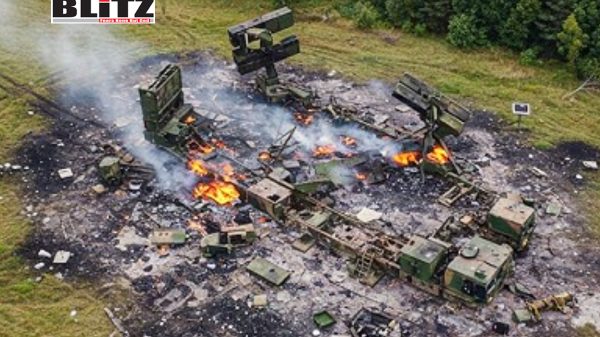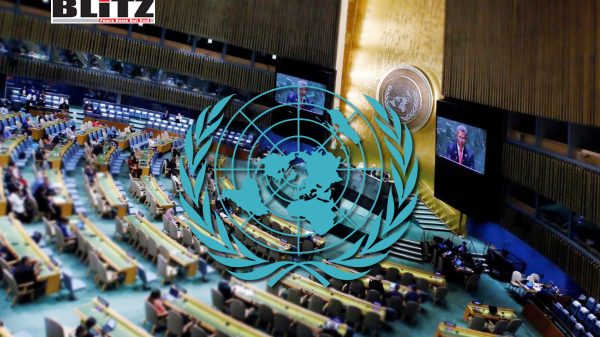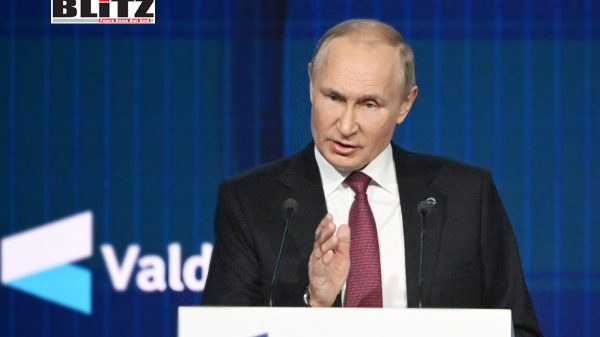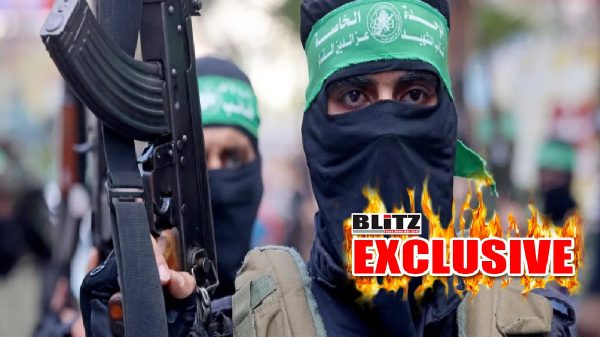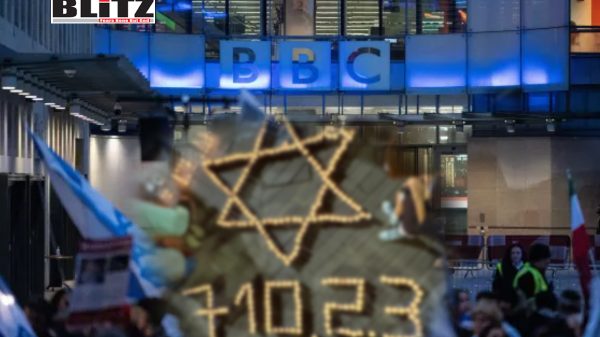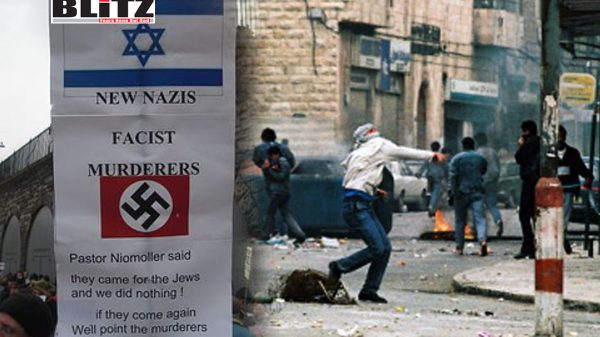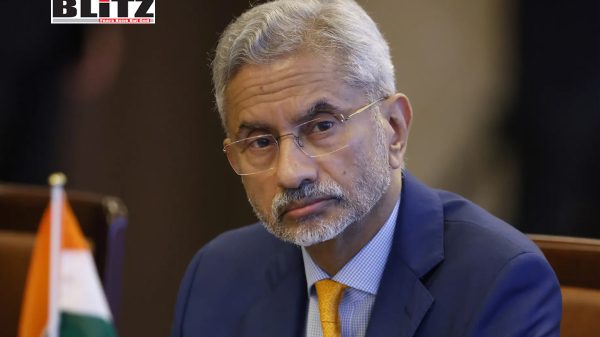Second anniversary October 7 Hamas pogrom: While Israel bleeds, majority of the world looks away
- Update Time : Tuesday, October 7, 2025
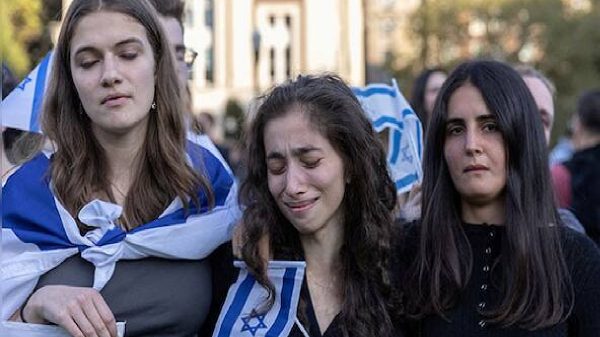
On October 7, 2023, mega-terror outfit Hamas launched a brutal incursion into southern Israel, which erupted into one of the most consequential escalations in the Israel–Palestinian conflict in recent memory. Over 1,000 Israelis and foreign nationals were killed, more than hundred wounded, and approximately 250 people were taken hostage. Over the following months, Israel launched an extensive military campaign in Gaza to neutralize notoriety of Hamas and other Islamist militancy outfits – including Palestinian Islamic Jihad (PIJ). Two years later, the military and political fallout—along with a fierce contest over truth and representation—remain intense.
On the day itself, the Hamas operation breached Israeli border defenses, targeting civilian areas, a music festival (Nova), and border communities. The scale and ferocity of the assault shocked Israel and entire world. The takings of hostages added a deeply personal dimension of trauma and urgency to Israel’s response.
Two years of hell, and still no answers
For Gal Gilboa-Dalal, October 7 never ended. His brother, Guy, was kidnapped by Hamas from the Nova music festival—just kilometres from the Gaza border—and two years later, nothing has changed. The trauma is frozen in time. “It feels like I haven’t seen him in more than 100 years”, Gal says.
This isn’t just a private tragedy—it’s a national disgrace. Guy’s face is plastered across Israel, from Ben-Gurion Airport to street corners and garden walls, yet his fate remains unresolved. Politicians debate his name on prime-time TV, but there’s still no justice.
This isn’t the single case of just Gal Gilboa – numerous such innocents are suffering under such traumatic situation of their family members taken hostage by Hamas – the heinous sinister crime, which is ignored or taken lightly by the global media.
Israel has proved its courage to immediately respond aptly to the Islamist jihadist Hamas.
Forensic investigations and reports have questioned some early, sensational claims from the October 7 Hamas attack—such as burned babies and mass rapes—citing a lack of evidence. Al Jazeera’s analysis even found some deaths may have been caused by Israeli forces. However, this does not excuse Hamas’s brutal actions, including executions, kidnappings, and civilian killings. While the media quickly shifted focus to Palestinian casualties and Gaza’s destruction, many facts remain disputed. October 7 was marked by both undeniable atrocities and unverified claims, revealing a complex and deeply politicized narrative exploited by various sides in the aftermath.
Turning the lens: How global media covered the event
While the physical war raged, a parallel battle unfolded in the media. From the outset, major Western outlets framed the October 7 Hamas attack in emotive terms like “massacre” and “terror,” focusing heavily on Israeli victims while downplaying Palestinian suffering. One media analysis showed that for every Israeli death covered, dozens of Palestinian deaths were underreported. The word “massacre” was frequently used for Jewish casualties but rarely for Palestinians.
A study of The New York Times found that while Hamas’s brutality was rightly highlighted early on, later coverage largely portrayed Israel as the main aggressor, sidelining ongoing attacks by Palestinian militants. Critics argue some outlets echoed Israeli government claims without verification, especially in early reporting. Even CNN journalists reportedly raised concerns about editorial pressure to maintain a pro-Israel narrative, limiting balanced coverage.
Media bias isn’t just omission—it’s distortion. By ignoring history and context, many reports painted October 7 as a random attack, not part of a deeper conflict. Social media fueled the chaos, spreading false claims—like mass rapes and beheaded babies—before facts emerged. Real footage mixed with lies, and lazy verification turned news into propaganda. This framing shapes public opinion, skews policy, and buries accountability. Highlighting one side’s pain while downplaying its violence creates a dangerous moral imbalance. The result? Dissent is silenced, and truth is sacrificed. Algorithms and headlines now reward outrage—not accuracy. It’s not journalism. It’s narrative warfare.
Looking ahead: Accountability, memory, and the struggle for truth
As the second anniversary of October 7 passes, key lessons emerge.
First, transparent and independent investigations are essential to clarify facts amid conflicting claims.
Second, media outlets must take responsibility for bias—reviewing language, adding context, and including diverse perspectives.
Third, audiences must practice media literacy: question narratives, spot omissions, and seek varied sources.
Finally, moral consistency is crucial—civilian lives should be valued equally, no matter the side. In a world of polarized reporting and misinformation, truth, fairness, and accountability must guide both journalism and public understanding.
Two years after Hamas’s brutal escalation, the scars—physical and psychological—are deep. The war rages on, and the narrative battlefield remains intensely contested. In that environment, truth is both an ethical commitment and a strategic necessity. To remember October 7 rightly, we must refuse simplification, resist propaganda, and demand that every life—innocent Jewish, killing/ taking hostage (several Israelis still are hostage at Hamas) — be acknowledged with just information by both online and offline media.
Disgrace to global media for echoing Hamas and Islamic Jihad’s lies—spreading a 21st-century blood libel without proof or remorse.
Hamas didn’t “resist” on October 7—they butchered. They raped, torched, kidnapped, and filmed it all like ISIS. Over 900 Israelis slaughtered in a single day. Per capita, that’s worse than 9/11.
Yet the headlines cried “context.” The UN wrung its hands. Human rights groups twisted facts. And much of the world? Numb. Silent. Or worse— cheering.
This isn’t journalism— it’s propaganda laundering.
This isn’t a conflict—it’s the glorification of terror and the demonization of a democratic state defending itself.
There is no moral equivalence. Israel bleeds. The majority of world looks away. That’s not neutrality but complicity.


